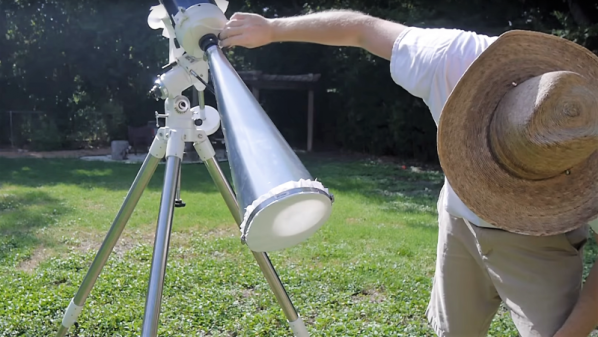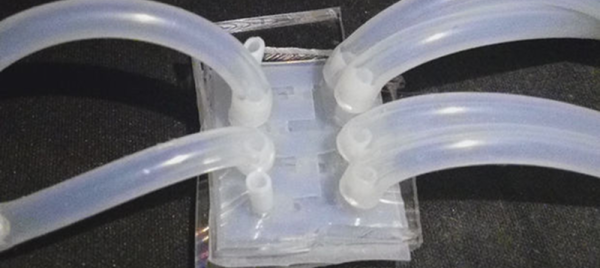Those fearless Ukrainians are at it again! This time around they’re giving wall outlets some high voltage stun gun shocks and observing the results, as [Kreosan] decided to see what would happen when you use a stun gun on mains electrical sockets. Surprisingly, they are still alive and well, and creating more videos. .
Shocking a light switch blew up some light bulbs, while shocking an extension cord with a TV plugged in blew the TV up. It seems these guys never run out of appliances to fry, or totally insane experiments to try out that no one else would really have the stomach for.
Although their experiments are on the extreme side of things they do know what they are doing, as they are electrical professionals, So maybe sit this one out unless you too really know what you are doing and understand the risks. The video is below the break for your enjoyment.
We have featured some of their equally scary hacks in the past, like mains voltage EL wire and wirelessly charging your phone from high voltage overhead power lines.




 The home-made badge is an impressive piece of work, but it ties into an observation we made at the end of
The home-made badge is an impressive piece of work, but it ties into an observation we made at the end of 

















